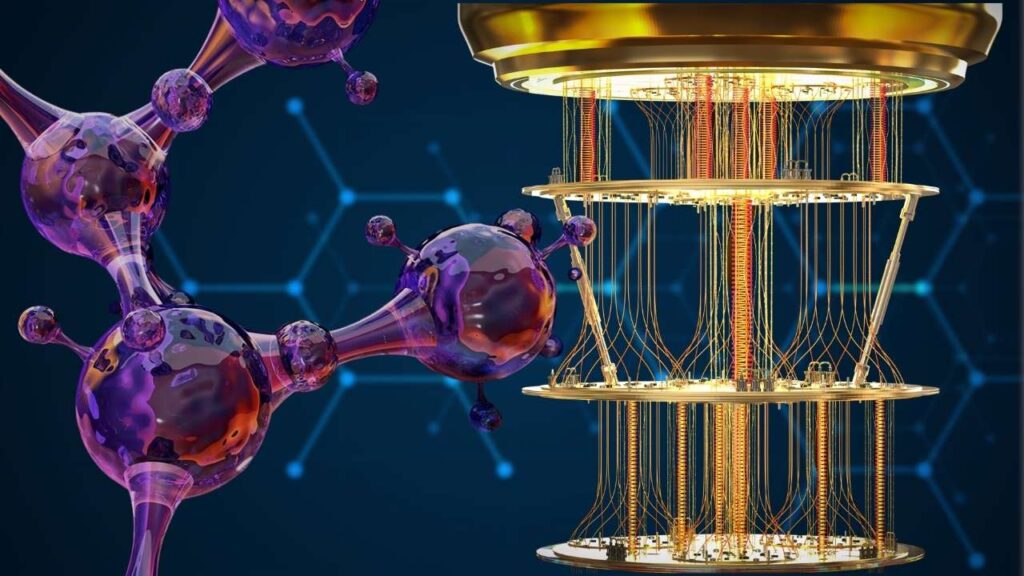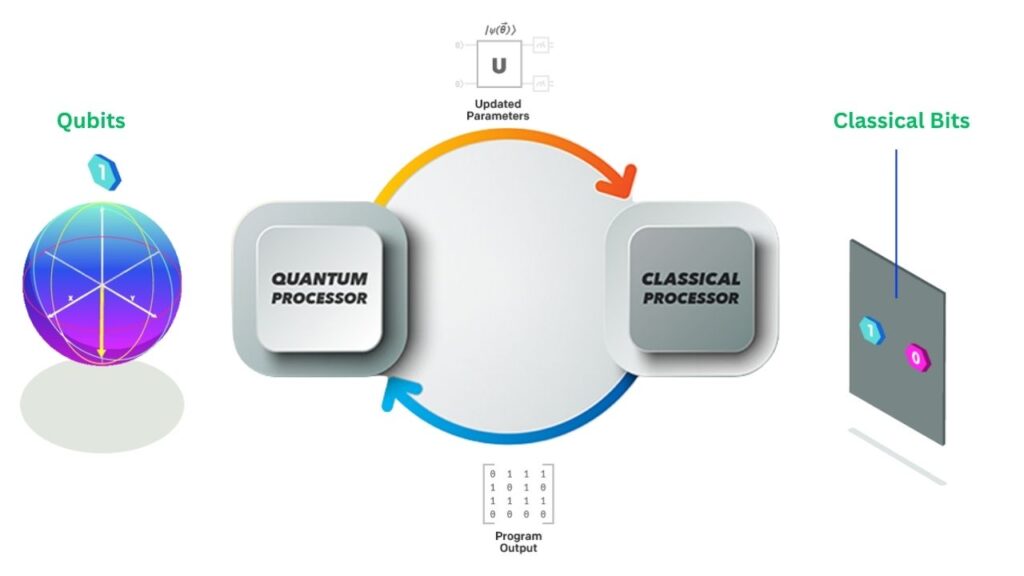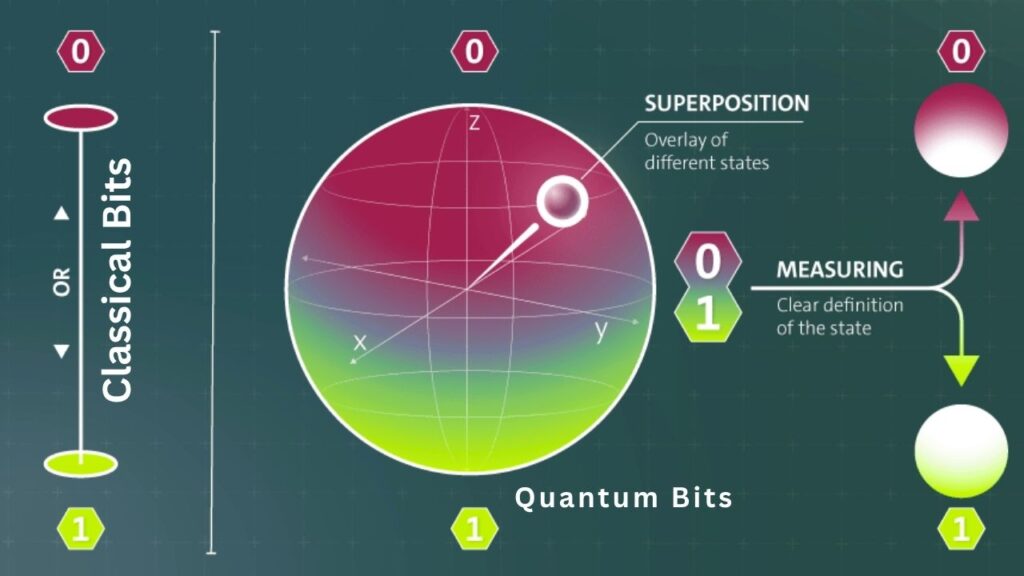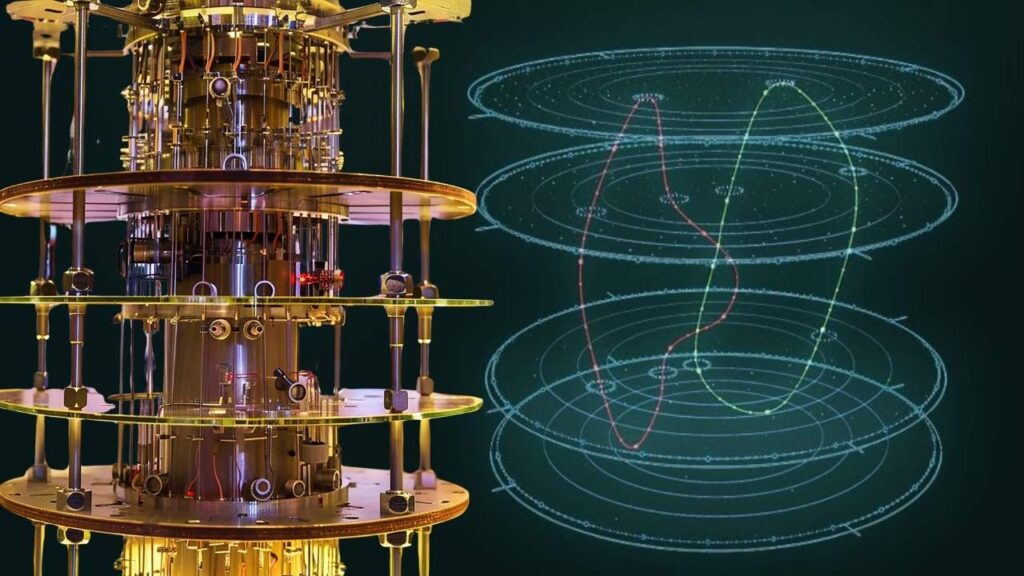New Hybrid Quantum-Classical Computing Method: Scientists at Caltech, working with IBM and the RIKEN Center for Computational Science in Japan, have unveiled a groundbreaking new way to simulate chemical systems: a hybrid quantum-classical computing method that could change the future of chemistry, materials science, and drug discovery. By combining the strengths of quantum computers and supercomputers, the team is tackling problems that were once considered too complex for any computer to solve efficiently.

At the heart of this innovation is the ability to determine the electronic energy levels of complex molecules—like the iron-sulfur clusters that play a vital role in biological processes such as nitrogen fixation. This is a big deal because understanding these energy levels helps scientists predict how molecules will behave, which is essential for designing new materials and medicines. The new method, led by Caltech professor Sandeep Sharma, uses up to 77 qubits on an IBM quantum device powered by the Heron processor, and then finishes the heavy calculations on RIKEN’s Fugaku supercomputer—one of the fastest in the world.
New Hybrid Quantum-Classical Computing Method
| Feature | Details |
|---|---|
| Institution | Caltech, IBM, RIKEN Center for Computational Science |
| Lead Researcher | Prof. Sandeep Sharma, Caltech |
| Quantum Processor | IBM Heron (up to 77 qubits) |
| Supercomputer | RIKEN Fugaku |
| Application | Simulation of electronic energy levels in complex molecules (e.g., iron-sulfur clusters) |
| Significance | Advances quantum chemistry, materials science, nanotechnology, drug discovery |
| Published In | Science Advances |
| Official Reference | Caltech News |
The new hybrid quantum-classical computing method developed by Caltech, IBM, and RIKEN is a game-changer for chemical simulations. By combining the strengths of quantum and classical computers, scientists can now study molecules that were once too complex to understand. This opens the door to new discoveries in medicine, materials science, nanotechnology, and energy. While there are still challenges to overcome, the future looks bright for this innovative approach.
What Is Hybrid Quantum-Classical Computing?
Hybrid quantum-classical computing is exactly what it sounds like: a mix of quantum and classical computers working together to solve a problem. Think of it like a superhero team-up, where each member brings their own special power. In this case, the quantum computer handles the tricky, quantum parts of the problem, while the supercomputer does the heavy lifting with classical calculations.

The result? Scientists can now study molecules that are far too complex for either type of computer to tackle alone. This is especially important for quantum chemistry, where understanding the behavior of electrons inside molecules is key to predicting how they will react and interact.
Why Is This Important for Science?
Imagine you’re a scientist trying to design a new medicine or a better battery. To do this, you need to know how the atoms and electrons inside a molecule behave. But atoms and electrons follow the strange rules of quantum mechanics, which are very different from the everyday physics we’re used to. Classical computers struggle to simulate these quantum effects, especially for large or complicated molecules.
Quantum computers are built to handle quantum problems, but they’re still new and not perfect. They can make mistakes, and they’re not powerful enough yet to solve big problems all by themselves. That’s where the hybrid approach comes in: by combining quantum and classical computers, scientists can get the best of both worlds and solve problems that were once out of reach.
How Does the New Method Work?
Let’s break down the process step by step:
- Identify the Problem:
The team wanted to study the electronic energy levels of an iron-sulfur cluster, which is important in biology (for example, in the enzyme that helps plants turn nitrogen from the air into food). - Use a Quantum Computer:
They used an IBM quantum device with up to 77 qubits (quantum bits) to simplify the math and get a head start on the problem.

- Switch to a Supercomputer:
The tricky calculations that the quantum computer started were finished by RIKEN’s Fugaku supercomputer, one of the most powerful classical computers in the world. - Get the Results:
By combining the two, the team could accurately determine the electronic energy levels of the molecule, which helps predict how it will behave in real life.
This approach is called quantum-centric supercomputing because it puts the quantum computer at the center of the process, but still relies on classical supercomputers to get the job done.
What Are the Real-World Applications?
The new hybrid method isn’t just for scientists in a lab—it has real-world impacts that could affect all of us:
- Medicine: Understanding how molecules behave helps scientists design new drugs and treatments.
- Materials Science: Predicting how materials will behave can lead to stronger, lighter, or more efficient products.
- Nanotechnology: Tiny machines and devices rely on understanding the quantum behavior of atoms and molecules.

- Energy: Better batteries and solar cells could be designed by simulating how electrons move inside materials.
By giving scientists a better tool to study these systems, the hybrid method opens the door to new discoveries and inventions that could improve our lives.
A Step-by-Step Guide to Hybrid Quantum-Classical Computing
Here’s a simple guide to how scientists use hybrid quantum-classical computing to study chemical systems:
- Choose the Molecule:
Scientists pick a molecule they want to study, like an iron-sulfur cluster. - Prepare the Quantum Computer:
They program the quantum computer to handle the quantum parts of the problem. - Run the Quantum Algorithm:
The quantum computer does its part, using qubits to represent the molecule’s electrons. - Transfer the Data:
The results from the quantum computer are sent to a supercomputer. - Finish the Calculation:
The supercomputer uses classical algorithms to complete the simulation. - Analyze the Results:
Scientists look at the final results to understand how the molecule behaves.
This process makes it possible to study molecules that would be too hard to simulate with just a quantum or classical computer alone.
What Makes This Method Different?
Most previous attempts to use quantum computers for chemistry have only used a few qubits—often less than 10. The new method uses up to 77 qubits, which is a huge leap forward. This means scientists can study much larger and more complex molecules than ever before.
Another big difference is the way the quantum and classical computers work together. Instead of trying to do everything on one type of computer, the hybrid approach lets each computer do what it does best. This makes the whole process faster, more accurate, and more practical for real-world applications.
What Are the Challenges?
While the new method is exciting, there are still challenges to overcome:
- Quantum Computers Are Still New:
They’re not as reliable or powerful as classical computers yet, and they can make mistakes. - Combining Two Types of Computers Is Tricky:
Scientists have to figure out how to split the problem between the quantum and classical computers and make sure the results match up. - Scaling Up:
As scientists want to study even bigger molecules, they’ll need even more qubits and more powerful supercomputers.
Despite these challenges, the hybrid approach is a big step forward and shows what’s possible when scientists think outside the box.
New Quantum State Discovery Set to Revolutionize Material Science Worldwide
AI Meets Materials Science: How Machine Learning Is Accelerating Scientific Discovery
FAQs About New Hybrid Quantum-Classical Computing Method
Q: What is a qubit?
A: A qubit (short for quantum bit) is the basic unit of information in a quantum computer. Unlike a regular computer bit, which can be 0 or 1, a qubit can be both at the same time thanks to quantum mechanics.
Q: Why can’t classical computers solve these problems?
A: Classical computers use bits that are either 0 or 1. Simulating quantum systems requires keeping track of many possibilities at once, which is very hard for classical computers to do efficiently.
Q: What is the Fugaku supercomputer?
A: Fugaku is one of the fastest supercomputers in the world, located at the RIKEN Center for Computational Science in Japan. It’s used for complex scientific calculations.
Q: How will this help in medicine?
A: By simulating how molecules behave, scientists can design new drugs that are more effective and have fewer side effects.
Q: Is this method ready for everyday use?
A: Not yet—quantum computers are still being developed, and the hybrid method is mostly used in research labs. But it’s a big step toward practical applications.






